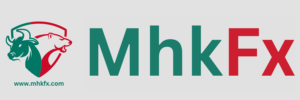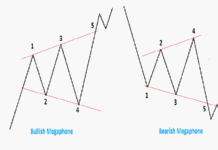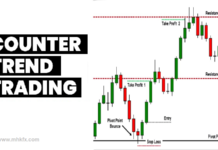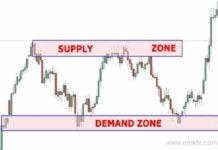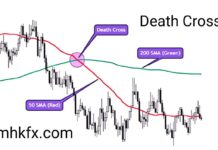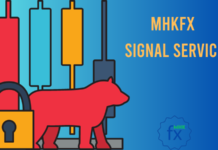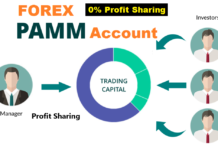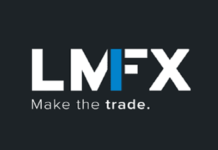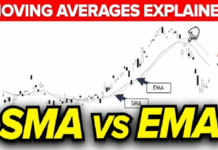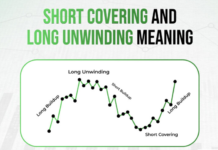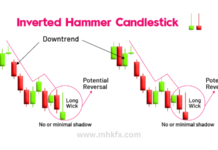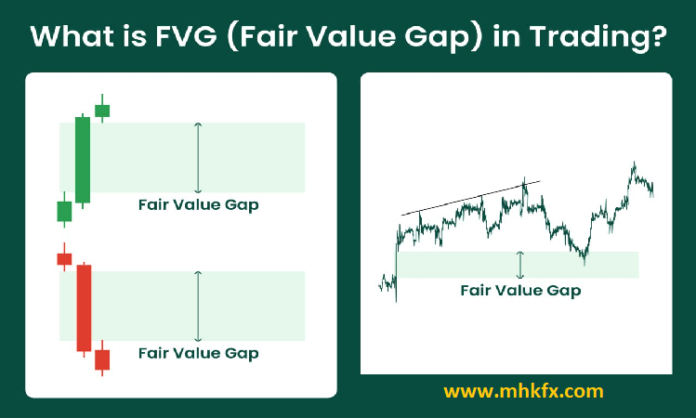
In the world of financial markets, trading decisions are often influenced by various factors, ranging from fundamental analysis to technical indicators. One concept that has gained significant attention among traders and investors is the notion of the Fair Value Gap (FVG). The Fair Value Gap refers to the difference between an asset’s current market price and its estimated fair value. This gap can provide valuable insights into potential trading opportunities and market inefficiencies. In this article, we will delve into the concept of the Fair Value Gap, its significance, implications, and strategies that traders can employ to capitalize on it.
Understanding the Fair Value Gap
The Fair Value Gap is rooted in the efficient market hypothesis, which suggests that asset prices fully reflect all available information. However, in reality, markets can deviate from this ideal state due to various reasons, leading to temporary disparities between an asset’s market price and its fair value.
Factors Contributing to the Fair Value Gap:
Market Sentiment: Emotions and perceptions often influence short-term market movements, causing prices to diverge from fundamentals.
News and Events: Significant news, earnings reports, geopolitical events, and economic data releases can trigger rapid price movements that may not accurately reflect the underlying value of the asset.
Liquidity Issues: Low trading volumes can amplify price movements, resulting in deviations from the fair value.
Behavioral Biases: Traders’ cognitive biases and herd behavior can lead to over reactions or under reactions, causing temporary imbalances.
Market Inefficiencies: Information asymmetry and delayed reactions to new information can create gaps between prices and fundamentals.
Implications of the Fair Value Gap
Understanding and identifying the FVG can have several implications for traders and investors:
Opportunity Identification: Recognizing a divergence between an asset’s market price and its fair value can indicate potential trading opportunities. Traders can seek to profit from the eventual convergence of prices.
Risk Management: Being aware of the FVG can help traders avoid making hasty decisions based solely on short-term price movements. It encourages a more comprehensive assessment of market conditions.
Long-Term Investing: For investors, identifying assets trading below their fair value could signal an attractive entry point for long-term positions.
Volatility and Arbitrage: Traders can exploit price discrepancies by engaging in arbitrage strategies, which involve simultaneously buying and selling related assets to profit from the price difference.
Strategies to Capitalize on the Fair Value Gap
Mean Reversion Trading: This strategy involves identifying assets that have deviated significantly from their historical mean prices. Traders anticipate a reversal to the mean and enter positions accordingly.
News-Based Trading: Traders can capitalize on short-term gaps caused by news releases or events. If the market overreacts to a news item, prices may temporarily stray from their fair value.
Pairs Trading: Involves identifying related assets (pairs) that have historically moved together. If the prices of the two assets diverge, a trader can go long on the undervalued asset and short on the overvalued one, anticipating a convergence.
Fundamental Analysis: Combining technical analysis with fundamental analysis can help traders identify discrepancies between the intrinsic value of an asset and its current market price.
Conclusion
The Fair Value Gap serves as a valuable concept for traders and investors aiming to navigate the complex world of financial markets. Understanding the factors contributing to price disparities and recognizing the implications can lead to better trading decisions and improved risk management. While the Fair Value Gap may present opportunities for profit, it’s important to approach trading strategies with caution, considering the inherent risks associated with market volatility and uncertainty. As markets continue to evolve, traders who are equipped with a deep understanding of the Fair Value Gap can potentially gain an edge in their pursuit of successful trading outcomes.
Read more: BlackBull Broker Review : Pros, Cons, and Key Features Compared
